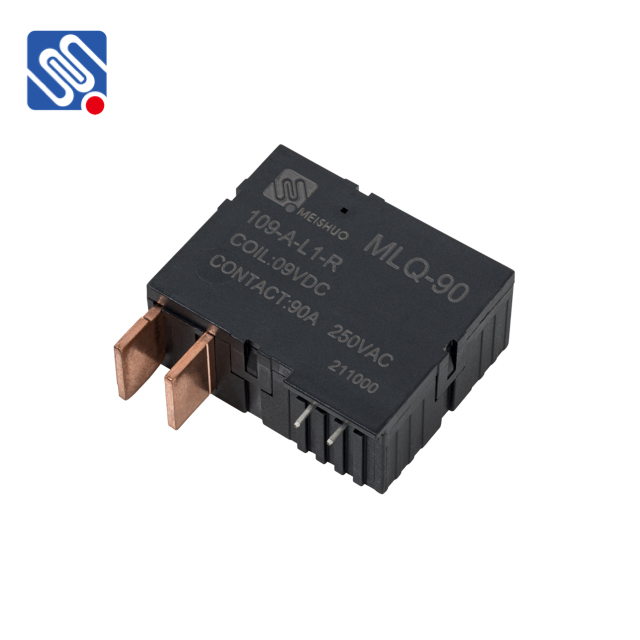Relay reliability is a crucial aspect of modern wireless communication systems. With the increasing demand for high-speed and uninterrupted connectivity, relay nodes have become an essential component in extending the range, improving the signal quality, and enhancing the capacity of networks. These nodes play a vital role in forwarding data between end devices and base stations, especially in scenarios where direct communication between the devices is not feasible due to distance or interference. However, the performance of a relay node is significantly impacted by its reliability. In this article, we will delve into the importance of relay reliability, its challenges, and ways to optimize it for efficient communication.

The Role of Relay Nodes Relay nodes are designed to act as intermediaries that forward signals or data between the sender and the receiver. In wireless networks, relay nodes are particularly beneficial in areas where the coverage of base stations or access points is limited. For instance, in rural or densely populated urban environments, relay nodes can extend the range of wireless signals, allowing users at the edges of the network to maintain connectivity. Moreover, relays can help alleviate congestion in certain parts of the network, improving overall capacity and throughput. In the context of advanced networks like 5G, relay nodes are often used to ensure that high-speed data can be transmitted efficiently over long distances, thus contributing to the overall performance of the network.